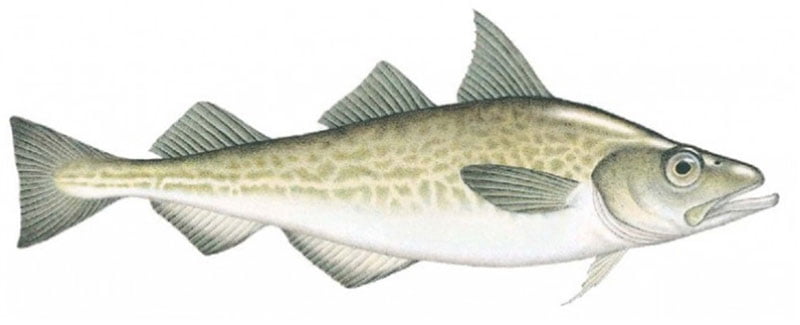The Alaska Pollock are the most abundant fish species in the Bering Sea, comprising 60% of the total biomass. They are members of the family Gadidae, which includes both Pacific cod and Atlantic cod. In the Gulf of Alaska, pollock is the second-most abundant fish species, comprising 20% of the biomass. Various studies carried out by scientists specialized in the fishing industry have identified four populations of pollock in the Gulf of Alaska, the eastern Bering Sea, the Aleutian Islands. The population of the Bering Sea and the two associated with the Aleutian Islands appear to be related but are considered independent of the population of the Gulf of Alaska. The Aleutian basin population of pollock occupies waters of the EEZ of the United States and Russia, as well as international waters.
Most adult pollock are found in waters 70-300 meters (230-1,000 feet) deep. They spawn between late February and early May. The eggs are pelagic, drifting in the currents for 15-25 days until hatching. The newly hatched larvae drift in the upper 40 m (130 ft) and feed on plankton for 60 days until they metamorphose into pelagic juveniles. As they age and grow, they move deeper in the water and join the adult stock in about 4 years. Their diet changes at different life stages: juveniles feed on invertebrate eggs and small planktonic crustaceans, while adults feed mainly on copepods, krill, and other fishes, mainly juvenile pollock. Pollock are an important food source for other fishes, marine mammals, and birds.





